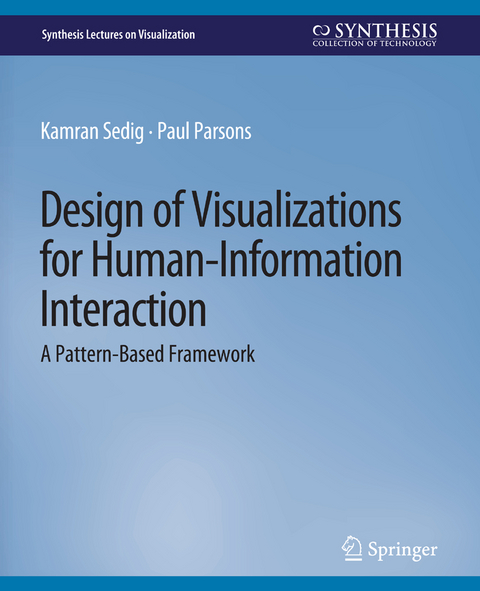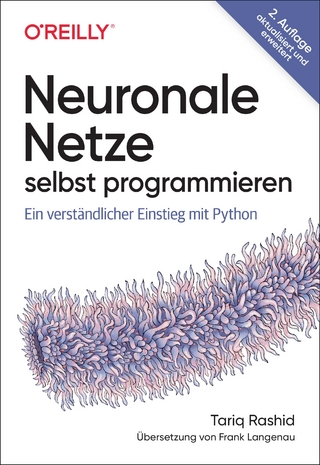
Design of Visualizations for Human-Information Interaction
Springer International Publishing (Verlag)
9783031014741 (ISBN)
Kamran Sedig is an Associate Professor in the Department of Computer Science and the Faculty of Information and Media Studies at Western University, Canada. Before joining Western, he was a Research Staff Member at the IBM T.J. Watson Research Center in New York. He received his Ph.D. in Computer Science (Interactive Visual Games for Learning Math) from The University of British Columbia, where his research was nominated for the Governor General's Gold Medal for best Ph.D. dissertation. His M.Sc. was in Computer Science (Artificial Intelligence) from McGill University. His research interests are in human-information interaction, joint human-computer cognitive systems, visual analytics, interactive reasoning with visualizations, visual interface design, and interaction and task design for complex cognitive activities. Sedig's research uses a human-centered approach with a particular focus on human cognitive needs and activities. He is the director of the Insight Lab (insight.uwo.ca).Paul Parsons is an Assistant Professor in the Department of Computer Graphics Technology at Purdue University. In 2013 he received his Ph.D. in Computer Science from Western University, Canada, with a focus on the design of interactive visualizations and interfaces that support cognitive activities. His research interests are in the areas of information visualization and visual interfaces, human-computer and human-information interaction, cognitive and learning technologies, and human-centered computing and design. He is particularly interested in understanding and supporting cognitive processes and activities of both users and designers
Figure Credits.- Acknowledgments.- Introduction.- Background.- Conceptual Elements of Framework.- Patterns.- Blending of Patterns.- Human-Information Interaction.- Design Process.- Application of Framework.- Discussion and Summary.- References.- About the Authors.
| Erscheinungsdatum | 06.06.2022 |
|---|---|
| Reihe/Serie | Synthesis Lectures on Visualization |
| Zusatzinfo | XV, 185 p. |
| Verlagsort | Cham |
| Sprache | englisch |
| Maße | 191 x 235 mm |
| Gewicht | 394 g |
| Themenwelt | Informatik ► Datenbanken ► Data Warehouse / Data Mining |
| Informatik ► Software Entwicklung ► User Interfaces (HCI) | |
| Informatik ► Theorie / Studium ► Algorithmen | |
| Mathematik / Informatik ► Mathematik ► Graphentheorie | |
| Mathematik / Informatik ► Mathematik ► Wahrscheinlichkeit / Kombinatorik | |
| ISBN-13 | 9783031014741 / 9783031014741 |
| Zustand | Neuware |
| Informationen gemäß Produktsicherheitsverordnung (GPSR) | |
| Haben Sie eine Frage zum Produkt? |
aus dem Bereich


